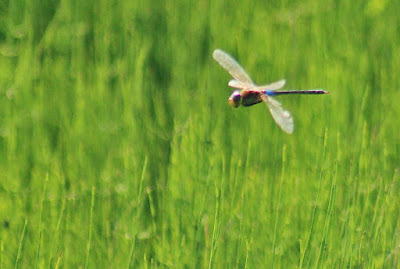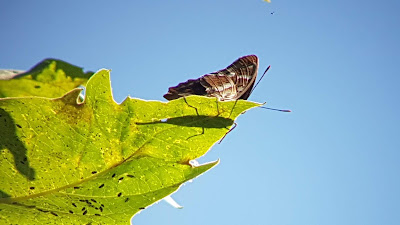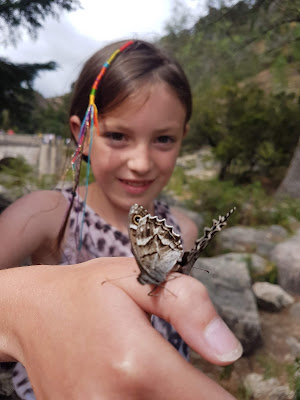In 2015 I missed the few Long-tailed Blues that battled across the channel and set up brief residence on the cliffs at Kingsdown in Kent. There have been annual sightings since and but as the neither the adult, eggs or pupa can survive the British winter the occurrence of this beautiful butterfly is reliant upon their strong migratory strategy.
2019 proved to see arrivals along the Sussex coast through August and as much egg laying was recorded I knew that this year I should be able to see a British bred Long-tailed Blue. This was going to involve a bit of a drive and I needed the weather. A pristine, fresh male was photographed in Wanstead and looking at the days ahead the blue skies of the weekend looked good for an emergence. I did an early run down to Brighton and by 9 o'clock I was scanning sparse clumps of everlasting sweetpea, the food plant of the caterpillars, across the grassland around Whitehawk mast.
I didn't take too long to get a flypast but it didn't linger, locating suntraps away from the easterly wind proved successful and a territorial battle saw two spiral high into the sky and then rocket back down to a sunny tangle, another was found then another. The emergence was happening and over the next 4 hours a small group of us watched up to 10 blues going about their frenetic business. When they did alight it was brief but they did show well and were in very good condition, their tiny filament tails shivering in the breeze.




















































